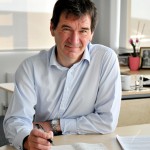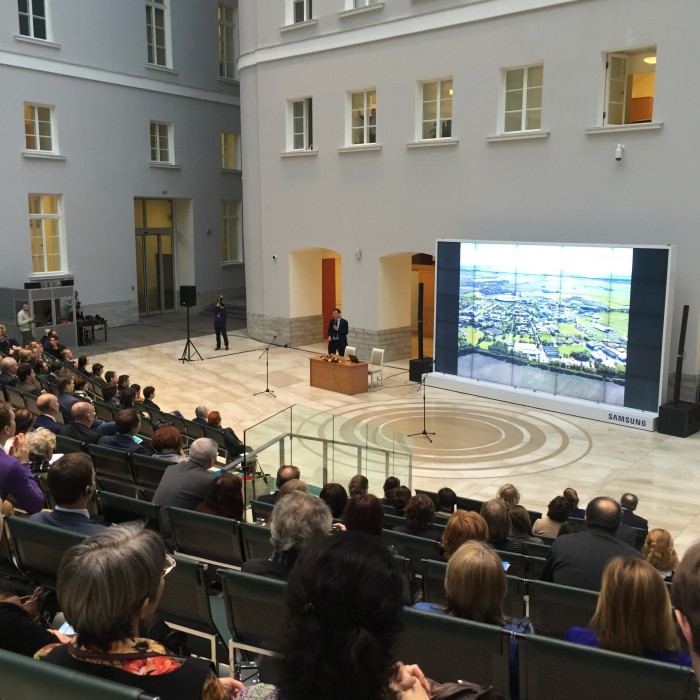27th November 2015
Lighting Up The Past: How cutting-edge synchrotron science is helping to preserve our cultural heritage
History is all around us. From the buildings that adorn our towns and cities to the relics of past civilisations. These objects make up our cultural heritage – providing an insight into what went before us and linking us back to our past. But work is needed to ensure the preservation of historical icons, for many of them are at risk of being lost to time.
Why do objects degrade? Even when carefully stored inside and away from harsh environments, almost all things are weakened by the passing of time. This is because of minute chemical reactions taking place at the molecular level. Whilst these reactions are often virtually imperceptible, over a long enough period they can cause major damage.
Because the progression of damage is often very small and slow, we need powerful tools to identify exactly what is happening and why. As with so many scientific challenges, it is only when we have a full understanding of the problem that we can develop an effective solution.
Cutting edge scientific tools are transforming the work of conservation scientists. From entire sculptures to tiny fragments of material, modern technology allows us to study the molecular reactions taking place inside objects. With this high-resolution information on the processes behind degradation, scientists can develop new chemicals, alternate environments or material substitutes to help prevent it.
The UK’s synchrotron, Diamond Light Source is one of the best places in the world to do this kind of research, and the facility supports a range of heritage projects. Conservation scientists use Diamond to explore everything from priceless paintings to ancient cultural treasures.
Scientists are currently using Diamond to assess the effectiveness of chemicals used to preserve Henry VIII’s 16th century Tudor warship, the Mary Rose. Different elements fluoresce when exposed to X-ray light, so by exposing slivers of timbers from the Mary Rose to the beam, the scientists can determine exactly what elements are present and their form. This helps them to monitor levels of damaging sulphur in the drying wood, and to spot any acid build up in acidic forms of that element as the ship dries.
Meanwhile, scientists are using computed tomography scanning to study the deterioration of Scotland’s historic buildings. CT scanning is used to determine the internal structure of a material. It works by exposing an object to X-rays and observing the amount of rays absorbed in different areas. This makes it medically useful in determining the site and shape of tumours or internal injuries. At Diamond, the team are exploiting the same technique to identify pores inside the buildings’ delicate sandstone which can expand and cause cracks.
But cultural heritage research is not just about conservation; objects can also help us to explore the past. Science helps us to investigate items from archaeological digs and museum collections and identify where they came from, how they were made, and what information they can tell us about people who lived centuries ago. From Neolithic tools to the Dead Sea Scrolls, science at Diamond has provided insights into many aspects of ancient life.
Our history is important. It links us back to our past, and we have a duty to preserve our cultural heritage. Cutting-edge science has become vital to keeping history alive, and whilst advanced machines like Diamond bring the future closer, they also allow us to protect what went before.

